TL;DR
Most suburban landscaping refreshes cost $3,000–$6,000 in peak season; a $5,000 quote for rock, mulch, edging, and pruning isn’t unusual. DIY can cut 40–70% of that cost if you phase the work, choose mulch over stone where it matters, and plan logistics.
2 quotes near $5,000 are often within market norms for mixed rock-and-mulch refreshes (Introduction)
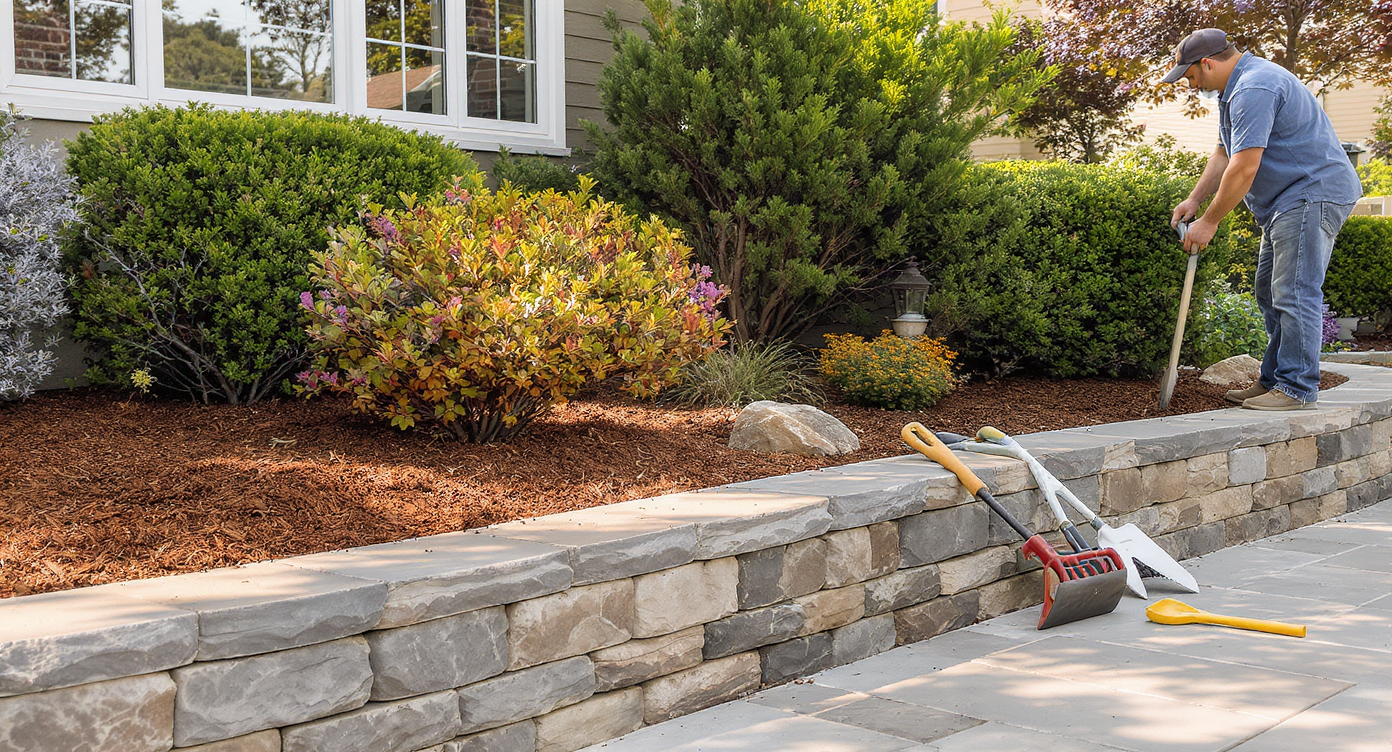
Simple landscaping tasks add up with materials, labor, and disposal costs.
Landscaping ideas that seem straightforward — weed suppression, new edging, a stone border, fresh mulch, shrub shaping — add up fast once you factor in materials, transport, labor, and disposal. In most regions, a 2-person crew will log 8–16 labor hours on a project like this; combine that with $600–$2,000 in rock and mulch and a peak-season schedule, and $5,000 lands squarely in today’s reality. Try your own exterior layout instantly on ReimagineHome.ai: https://www.reimaginehome.ai/?utm_source=blog
50–70% of low-maintenance yard budgets now go to hardscape and mulch, not lawn (Why Landscaping & Hardscaping Are Changing)
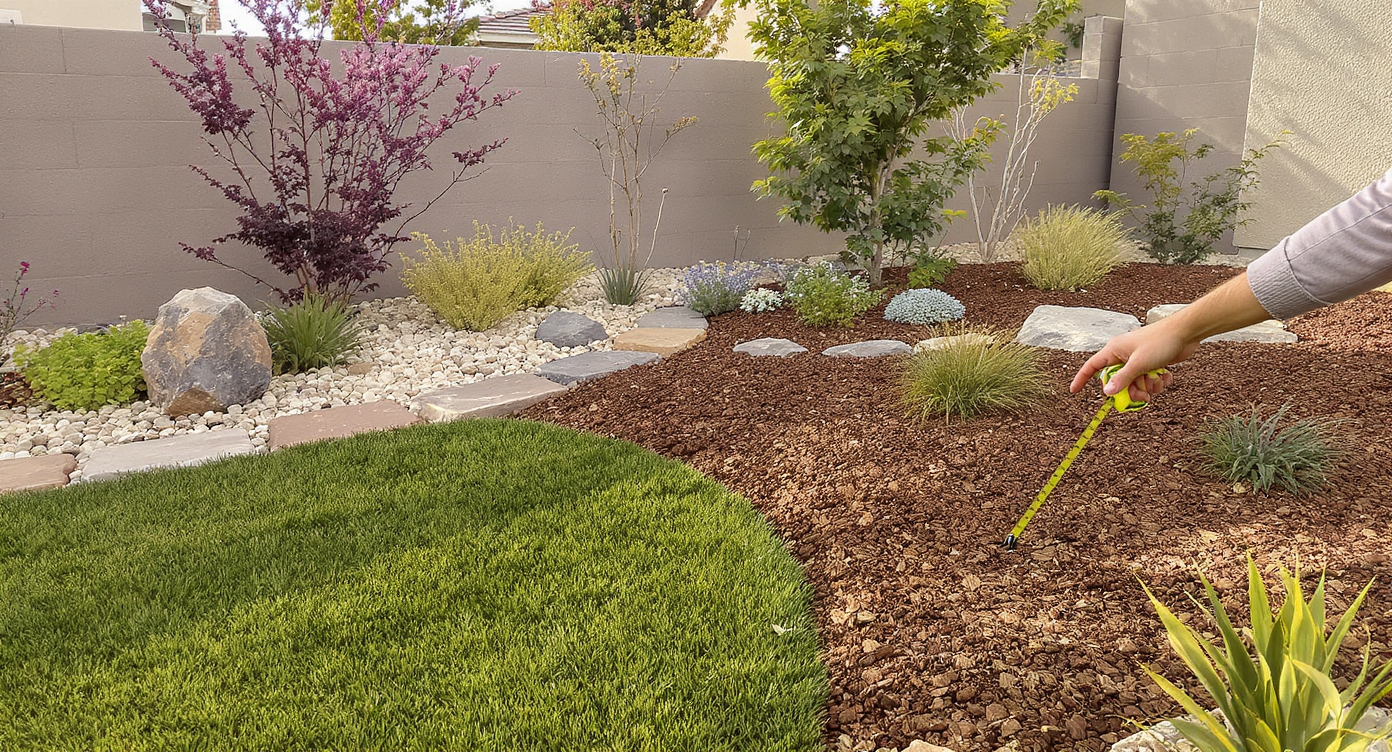
Most low-maintenance yard budgets now focus on hardscape and mulch, not lawn space.
Curb appeal has shifted from lawn-first to low-maintenance planting and hardscaping design. Homeowners are trading weekly mowing for durable edges, tidy stone or mulch beds, and defined walkway ideas that look good year-round. Two changes drive the numbers: - Labor availability tightens in spring and early summer, lifting quotes 15–30% across many markets. - Materials are heavier and pricier than they look; rock commonly runs $150–$250 per cubic yard delivered, while shredded mulch averages $35–$65 per cubic yard delivered. Sustainability is part of the calculus. Mulch supports soil health and moisture retention; stone patio or bed accents add structure but can raise soil temperatures and compact roots if overused around trees. That’s why many designers recommend mulch under trees and large shrubs, reserving rock for narrow strips, drain-friendly zones, and modern accents you can actually keep tidy.
Anecdote
“I thought the crew would just sprinkle Preen and toss some river rock,” a homeowner told me. “Then I watched two people hand-weed, cut crisp edges, shape yews, haul a half-ton of stone, and clean-load debris. I priced the same materials and realized half the quote was simply moving weight efficiently.”
3 price drivers determine most small-yard landscaping quotes (Key Trends)

Stone, mulch, and plant selections drive most small-yard landscaping quotes.
Here’s how pros quietly build your quote — and where DIY can bend the curve without sacrificing outcomes. - 1) Materials: Expect 3–6 cubic yards total on small front-yard refreshes. Mulch typically needs 2–3 inches of depth; stone beds often want 2 inches plus a stabilized base. Plants like hydrangea can run $40–$200 each depending on size and cultivar. - 2) Labor: Crew billing commonly ranges $60–$120 per production hour, including overhead, tools, and trucks. Hedge shaping, stone moving, and clean loading for the dump are the time sinks. - 3) Timing: Peak season bids (late spring–mid summer) are highest. The same scope can drop 10–25% in shoulder seasons when crews have capacity. If the quote feels high, ask for a phased plan: install beds and mulch now, defer rock or premium edging to fall. Or swap extensive stone for dyed hardwood mulch and a cleaner bed geometry — it often photographs better and costs less to maintain.
5 minutes is enough to visualize beds, stone vs. mulch, and edging in ReimagineHome.ai (How to Use ReimagineHome.ai)
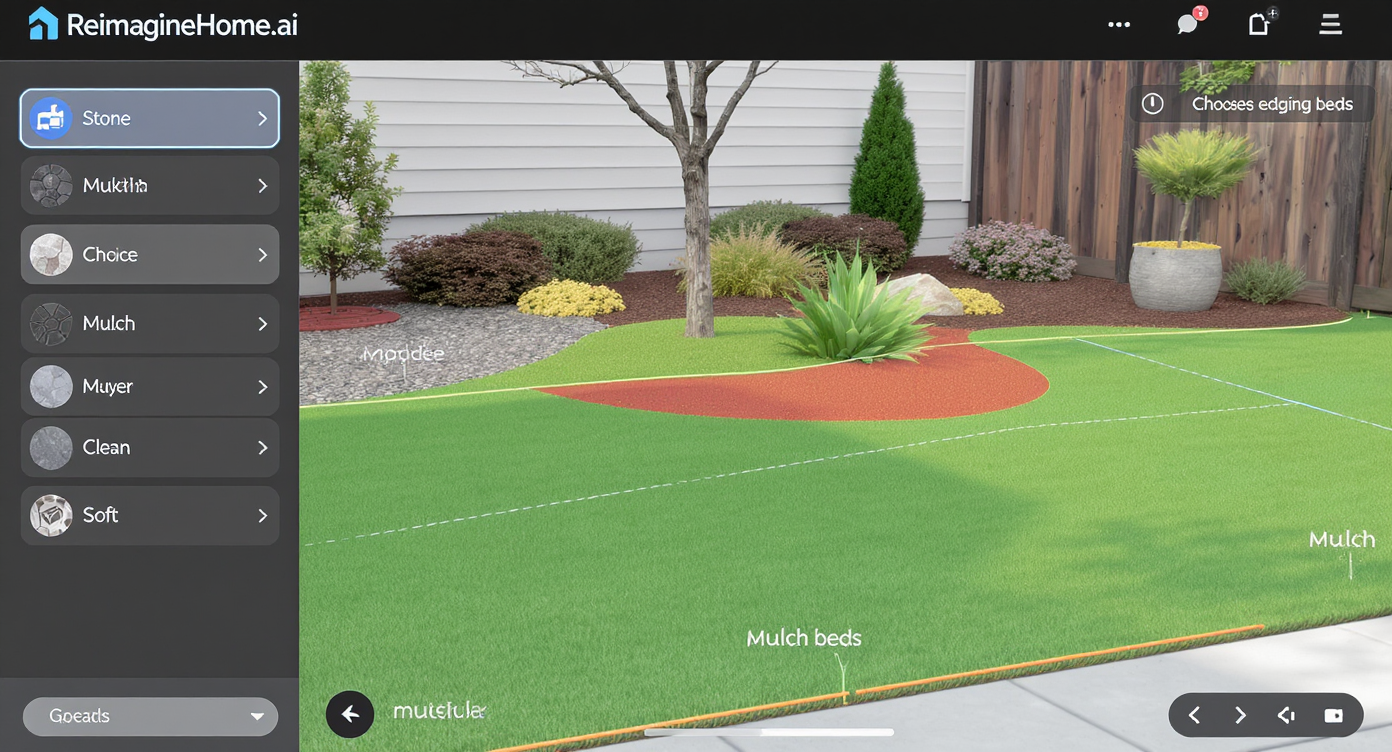
Visualize stone, mulch, and edging options in 5 minutes with ReimagineHome.ai.
You can test curb appeal decisions — fast — before you commit. - Upload a clear photo of your front yard to ReimagineHome.ai: https://www.reimaginehome.ai/?utm_source=blog - Sketch bed lines and walkway edges; set primary paths to 36–48 inches wide for comfortable passing. - Toggle materials: compare 2-inch river rock vs. 3-inch shredded hardwood mulch, or try a stone patio apron at the driveway edge. - Preview privacy planting and hedge shapes; test a hydrangea mass with taller evergreen anchors behind. - Estimate quantities with the on-canvas area readouts, then sanity-check with our landscaping cost guide: https://www.reimaginehome.ai/blogs/landscaping-cost-guide?utm_source=blog - Share the visualization with a contractor for apples-to-apples bidding — or use it as your DIY roadmap.
2 weekend DIYs can replace one pro day when you plan materials first (Real-World Stories)

Weekend DIY projects can replace a professional day with careful material planning.
A homeowner in the Midwest priced a $5,200 quote for stone borders, shrub trimming, and mulch. By swapping most stone for mulch, renting a weekend truck for one bulk delivery, and tackling pruning first, they spent about $1,800 over two Saturdays — and learned they preferred the softer look of mulch near the maple for soil moisture. Another client in a hot-summer climate inherited rock beds under mature oaks. After fighting heat and weeds, they used ReimagineHome.ai to preview a full mulch conversion with a 4-foot no-mow ring to reveal each trunk’s root flare. The final install was simpler, healthier for the trees, and cut their weeding time in half.
Visualization Scenario
Upload a straight-on photo of your front yard, draw a 42-inch walkway from drive to stoop, add steel edging to define a sweeping bed, test 3-inch dark mulch under trees with a hydrangea mass and evergreen backdrop, then swap to 2-inch river rock in the sunny strip along the driveway to compare aesthetics and cost side-by-side.
6 quick answers homeowners search before a front-yard makeover (FAQ)
Q: Is a $5,000 landscaping quote crazy for a small front yard? A: Not in peak season. Typical refreshes with edging, pruning, weed suppression, and mixed rock/mulch land $3,000–$6,000; material-heavy designs, dump fees, and access challenges push higher. Q: How much do mulch and rock actually cost? A: Delivered mulch runs roughly $35–$65 per cubic yard; decorative rock is often $150–$250 per cubic yard. Installed costs can double those numbers once labor and base prep are included. Q: Should I use weed fabric under mulch or rock? A: Most pros skip fabric in planting beds. Fabric interferes with soil health and still allows weeds on top. Use 2–3 inches of mulch plus a labeled pre-emergent in spring; reserve fabric for clean, plant-free stone strips if at all. Q: Is stone okay around trees? A: Generally no in hot, sunny sites. Stone absorbs heat, dries soil, and can compact roots. Mulch protects moisture and adds organic matter. If you insist on a ring, keep it low, off the trunk, and expose the root flare. Q: How long will DIY take? A: Plan 1–3 weekends depending on fitness, deliveries, and disposal. A 2-person crew may do it in a long day, but DIYers trade time for savings. Q: How do I estimate quantities fast? A: Measure bed area (length × width). For mulch at 3 inches: yards = area (sq ft) × 0.25 ÷ 27. For rock at 2 inches: yards = area × 0.167 ÷ 27. Add 10% overage for settling and edges. For deeper dives: mulch vs. rock pros and cons: https://www.reimaginehome.ai/blogs/mulch-vs-rock?utm_source=blog and a DIY curb appeal checklist: https://www.reimaginehome.ai/blogs/diy-curb-appeal-checklist?utm_source=blog
1 free visualization can prevent thousands in change orders (Visualize Your Home’s Next Chapter)
Before you sign a $5,000 proposal, visualize two or three versions. One free concept can clarify whether you really want three tons of rock or if a tighter bed, clean steel edging, and rich mulch will deliver the same curb appeal with less maintenance. Explore your options: https://www.reimaginehome.ai/?utm_source=blog Alt: “Front yard refresh with 3-inch mulch under trees, steel edging, and a 42-inch walkway, visualized in ReimagineHome.ai.” Caption: “ReimagineHome.ai helps you compare stone vs. mulch, set ideal path widths, and right-size planting masses before you buy.”
.svg)

.svg)


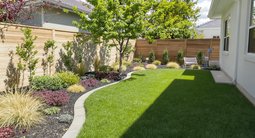
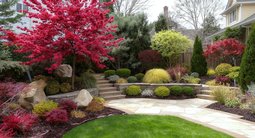







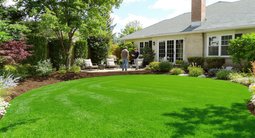


.png)